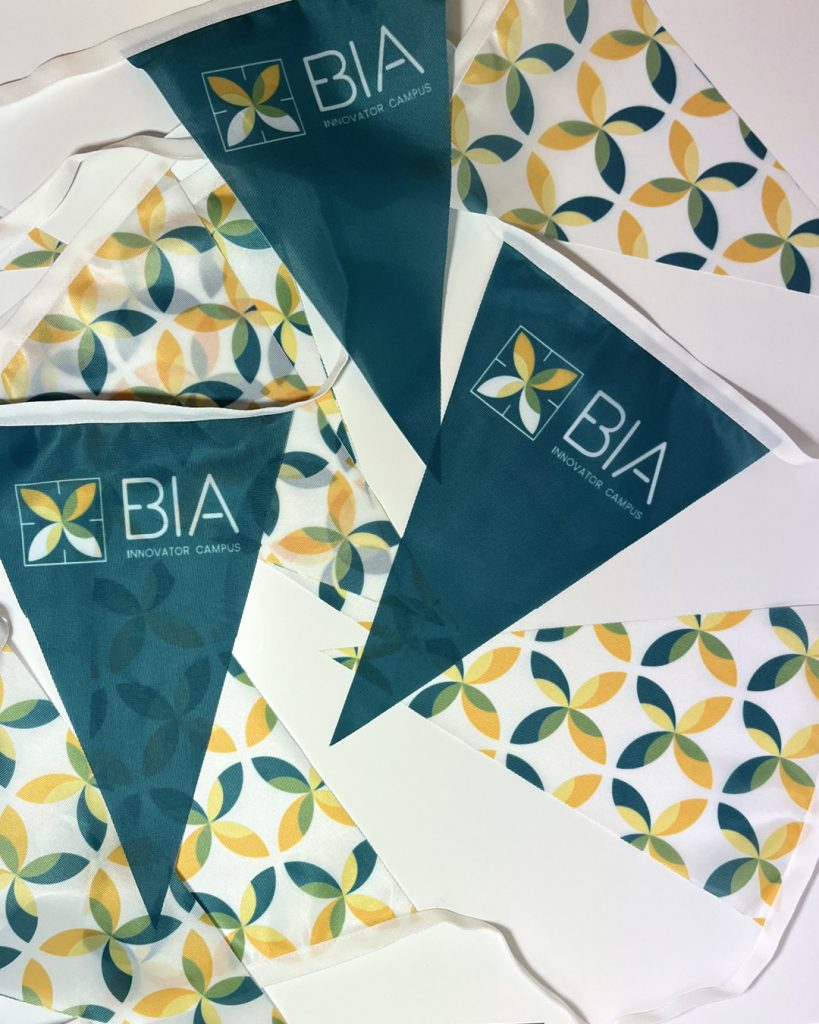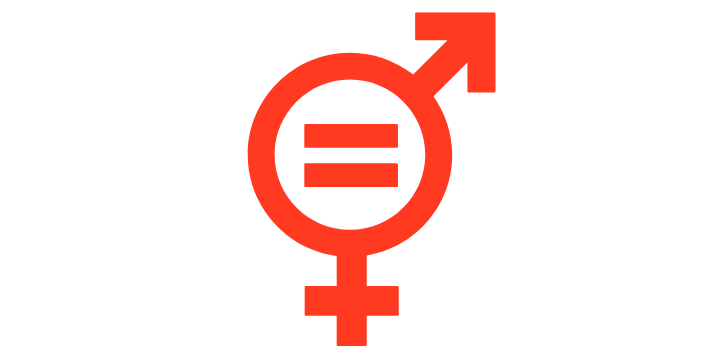Are you a small business owner looking for effective ways to promote your products or services? Have you considered flyer printing? With the right design and messaging, flyers can be a powerful marketing tool that can help you reach your target audience and drive sales. In this article, we’ll share some tips and tricks to help you get professional results with flyer printing.
Understanding the Importance of Flyers in Marketing
Before we dive into the technical details, let’s talk about the role of flyers in promoting your business. Flyers are a tried and tested marketing tool that have been used for decades. They are a cost-effective way to reach your target audience and can be used in a variety of settings, from trade shows to local events.
One of the biggest advantages of flyers is their versatility. They can convey a lot of information in a small and visually appealing package. This means that you can use them to introduce new products or services, promote sales and discounts, drive traffic to your website or social media pages, and build brand awareness.
The role of flyers in promoting your business
When it comes to promoting your business, flyers can be a powerful tool. They can help you reach a wide audience quickly and cost-effectively. Whether you’re promoting a new product or service, or simply trying to raise awareness of your brand, flyers can be an effective way to get your message out there.
One of the key benefits of using flyers is that they are easy to distribute. You can hand them out to people on the street, leave them in local businesses, or include them in mailings. This means that you can reach a large number of people without breaking the bank.
Targeting the right audience with your flyers
Of course, in order for your flyer marketing campaign to be successful, you need to make sure that you are targeting the right audience. This means taking the time to think carefully about who you want to reach, and tailoring your messaging and design accordingly.
For example, if you’re promoting a high-end spa, your flyers might feature elegant images and use sophisticated language. On the other hand, if you’re advertising a garage sale, your flyers might be more casual and playful. By tailoring your flyers to your target audience, you can increase the chances of them being read and acted upon.
Another important factor to consider when targeting your audience is the distribution method. If you’re targeting a younger audience, for example, you might want to consider distributing your flyers at local music festivals or on college campuses. If you’re targeting an older audience, on the other hand, you might want to consider leaving your flyers in local coffee shops or community centers.
In conclusion, flyers can be a powerful tool in your marketing arsenal. They are cost-effective, versatile, and can be tailored to your target audience. By taking the time to think carefully about your messaging, design, and distribution strategy, you can create a successful flyer marketing campaign that helps you reach your business goals.
Essential Elements of an Effective Flyer
Now that we’ve covered the basics, let’s dive deeper into what goes into making a great flyer that will capture the attention of your target audience and inspire them to take action.
Attention-grabbing headlines
As mentioned earlier, your headline is the first thing that people will see, so it’s crucial to make it catchy and memorable. However, it’s also important to ensure that your headline accurately reflects the message you’re trying to convey. For example, if you’re advertising a sale on luxury watches, your headline should clearly communicate that message, rather than simply saying “Sale!”
Additionally, consider using humor or a play on words to make your headline stand out. For example, if you’re a dentist advertising teeth whitening services, you might use a headline like “Get a Smile That Shines Brighter Than the Sun!”
High-quality images and graphics
Incorporating high-quality images and graphics into your flyer is essential for capturing people’s attention and making your message more memorable. However, it’s important to ensure that the images you use are relevant to your message and reflect your brand’s aesthetic.
If you’re a restaurant advertising a new menu item, consider using a high-resolution photo of the dish. If you’re a fitness studio advertising a new class, consider using images of people working out in a similar environment. And if you’re a tech company advertising a new product, consider using graphics or illustrations that reflect the product’s features and benefits.
Clear and concise messaging
When it comes to messaging, less is often more. Your flyer should communicate your message clearly and concisely, without overwhelming your audience with too much information. Consider using bullet points to break up text and make it more readable, and avoid using jargon or technical language that might confuse or alienate your audience.
Additionally, consider using storytelling techniques to make your message more engaging and memorable. For example, if you’re a nonprofit organisation raising funds for a cause, you might include a brief story about someone who has been impacted by your work.
A strong call-to-action
Your call-to-action (CTA) is the most important part of your flyer, as it tells people what you want them to do next. Your CTA should be prominently displayed and easy to understand, and should clearly communicate the benefit of taking action.
Consider using urgency or scarcity to motivate people to take action. For example, if you’re a retailer advertising a sale, you might include a CTA like “Shop Now – Sale Ends Sunday!” Or if you’re a service-based business offering a limited-time promotion, you might include a CTA like “Book Now – Only 10 Spots Available!”
By incorporating these essential elements into your flyer, you’ll be able to create a compelling and effective marketing tool that will help you achieve your business goals.
Choosing the Right Paper and Printing Options
Now that you have your design and messaging in place, it’s time to choose the right paper and printing options to bring your vision to life. The right paper and printing options can make a huge difference in how your flyer is perceived by your target audience. It can help you stand out from the competition and make your message more memorable.
Paper types and weights
When choosing the right paper for your flyer, there are a few things to consider. First, consider the weight of the paper. A thicker paper stock will give your flyer a more substantial feel and make it stand out in a pile of other flyers. If you’re looking for a glossy finish, go for a coated paper. Conversely, if you prefer a more textured or matte look, try an uncoated paper. Ultimately, the choice will depend on your budget, your design aesthetic, and your target audience.
Another thing to consider is the environmental impact of your paper choice. There are many eco-friendly paper options available that are made from recycled materials or sustainably sourced wood pulp. Choosing an eco-friendly paper option can help you reduce your carbon footprint and appeal to environmentally conscious consumers.
Digital vs. offset printing
Finally, think about whether you want to use digital or offset printing to produce your flyers. Digital printing is fast and affordable, making it a great option for smaller print runs. It also allows for more flexibility in the design, as you can easily make changes and print on demand. However, digital printing can be limited in terms of the colours it can reproduce and the paper types it can handle.
Offset printing, on the other hand, is ideal for larger quantities and can produce higher quality results, especially for designs that use multiple colours. Offset printing uses a printing plate to transfer the design onto the paper, allowing for more accurate colour reproduction and finer details. However, offset printing can be more expensive and time-consuming than digital printing.
Ultimately, the choice between digital and offset printing will depend on your budget, the quantity of flyers you need, and the level of quality you want to achieve.
Design Tips for a Professional-Looking Flyer
Before we wrap up, let’s cover some design tips to help you create a flyer that looks professional and polished.
Utilising design principles for maximum impact
When designing your flyer, try to incorporate principles of design such as balance, contrast, and repetition. For example, use contrasting colours to make headlines pop, or repeat a bold graphic element throughout the design to create visual continuity.
Selecting the right fonts and colours
Stick to one or two fonts throughout your flyer, and choose colours that complement your branding. Avoid using too many colours or fonts, as this can make your design look cluttered and amateurish.
Incorporating your brand identity
Finally, don’t forget to include your branding elements, such as your logo and brand colours. This helps to reinforce your brand identity and establish a consistent look and feel across all of your marketing materials.
Final Thoughts
In conclusion, flyer printing can be a powerful way to promote your business and drive sales. The key is to create an effective, eye-catching design that speaks to your target audience and includes clear calls-to-action. Use the tips and tricks in this article to help you get professional results with your next flyer printing project.



